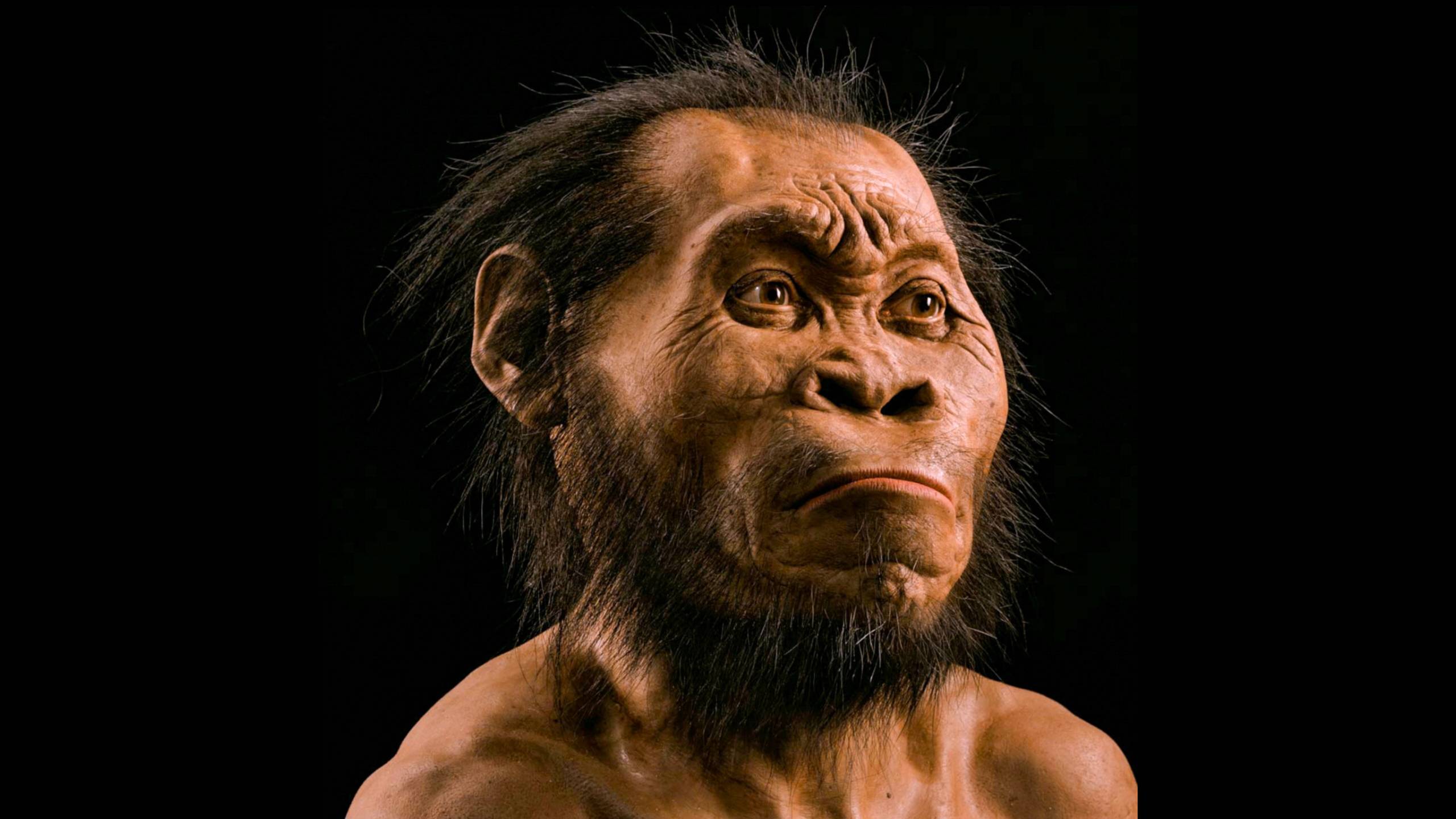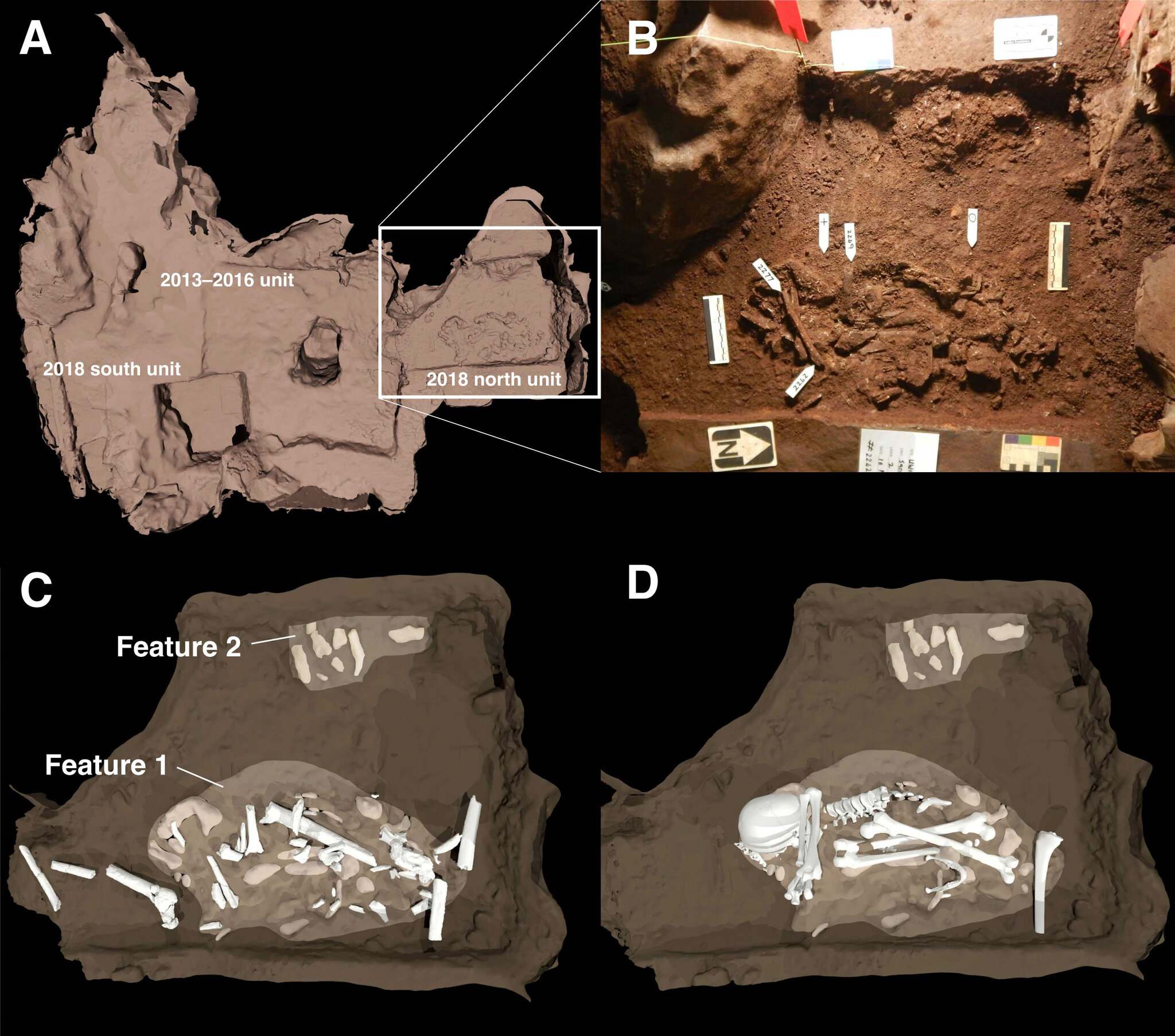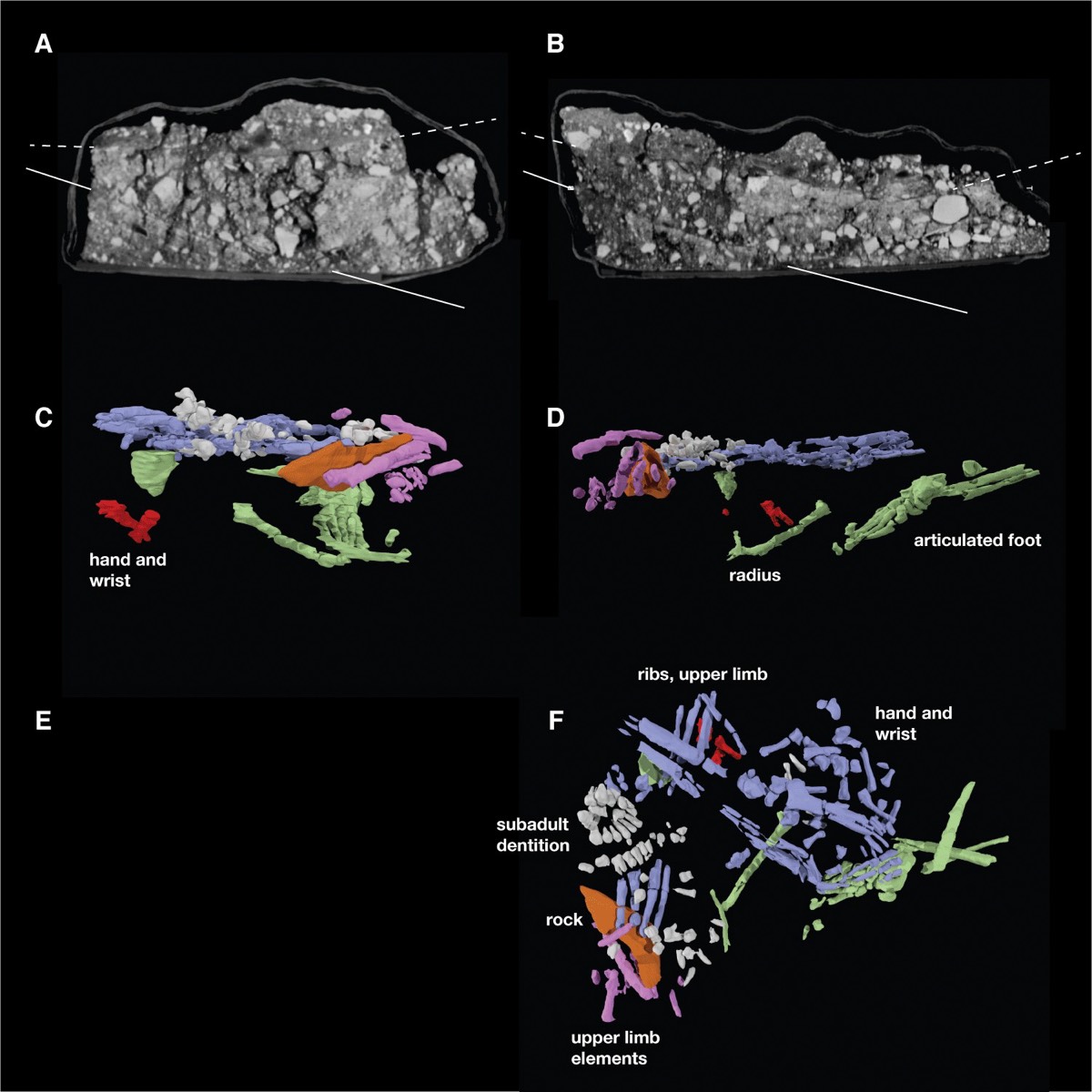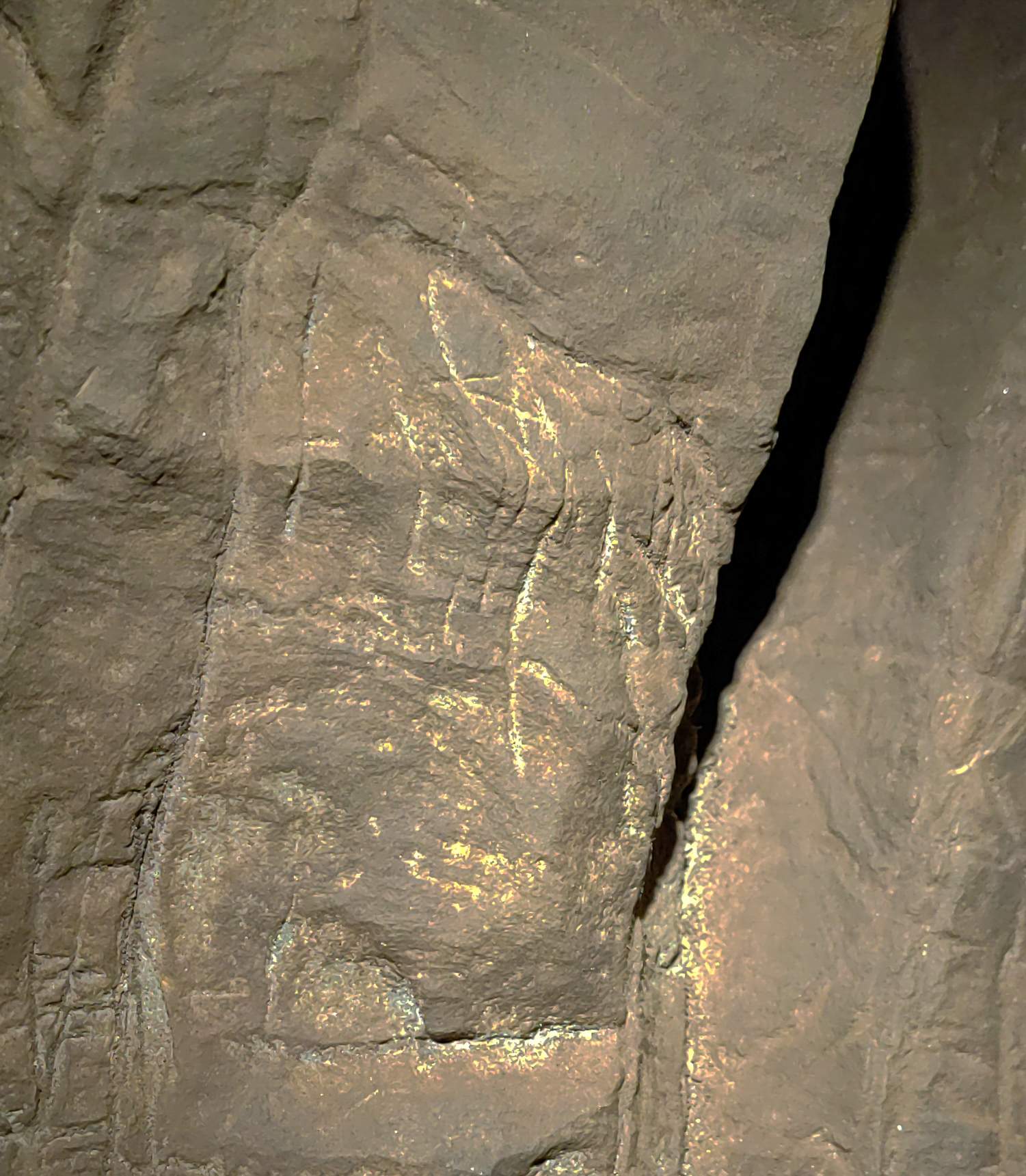The extinct human relative Homo naledi, whose brain was one-third the size of ours, buried their dead and engraved cave walls around 300,000 years ago, according to new research that is overturning long-held theories that only modern humans and our Neanderthal cousins could do these complex activities.

However, some experts say the evidence isn’t enough to conclude Homo naledi buried or memorialized their dead.
Archaeologists first discovered the remains of Homo naledi in the Rising Star Cave system of South Africa in 2013. Since then, over 1,500 skeletal fragments from multiple individuals have been found throughout the 2.5 mile-long (4 kilometers) system.
The anatomy of Homo naledi is well-known due to the remarkable preservation of their remains; they were bipedal creatures who stood around 5 feet (1.5 meters) tall and weighed 100 pounds (45 kilograms), and they had dexterous hands and small but complex brains, traits that have led to debate about the complexity of their behavior. In a 2017 study published in the journal eLife, the Rising Star team suggested that Homo naledi had purposefully buried their dead in the cave system.

This year in a news conference on June 1, paleoanthropologist Lee Berger, the Rising Star program lead, and his colleagues buttress that claim with three new studies, published Monday (June 5) on the preprint server bioRxiv, that together put forth the most substantial evidence so far that Homo naledi purposefully buried their dead and created meaningful engravings on the rock above the burials. The findings have not yet been peer-reviewed.
The new research describes two shallow, oval-shaped pits on the floor of one cave chamber that contained skeletal remains consistent with the burial of fleshed bodies that were covered in sediment and that then decomposed. One of the burials may even have included a grave offering: a single stone artifact was found in close contact with the hand and wrist bones.
Berger said in the press conference that “we feel that they’ve met the litmus test of human burials or archaic human burials.” If accepted, the researchers’ interpretations would push back the earliest evidence of purposeful burial by 100,000 years, a record previously held by Homo sapiens.

The discovery of abstract engravings on the rock walls of the Rising Star Cave system also signals that Homo naledi had complex behavior, the researchers suggest in another new preprint. These lines, shapes, and “hashtag”-like figures appear to have been made on specially-prepared surfaces created by Homo naledi, who sanded the rock prior to engraving it with a stone tool. The line depth, composition and order suggest that they were purposefully made rather than formed naturally.
“There are burials of this species directly below these engravings,” Berger said, which suggests this was a Homo naledi cultural space. “They’ve intensely altered this space across kilometers of underground cave systems.”

In another preprint, Agustín Fuentes, an anthropologist at Princeton University, and colleagues explore why Homo naledi used the cave system. “The shared and planned deposition of several bodies in the Rising Star system” as well as the engravings are evidence that these individuals had a shared set of beliefs or assumptions surrounding death and may have memorialized the dead, “something one would term ‘shared grief’ in contemporary humans,” they wrote. Other researchers, however, are not fully convinced by the new interpretations.
“Humans may have made tick marks on rocks. That’s not enough to contribute to this conversation about abstract thinking,” Athreya said. There are also questions about how Homo naledi got into the Rising Star Cave system; the assumption that it was difficult underlies many of the researchers’ interpretations of meaningful behavior.



